Anti Inflammatory Diet: 7 Powerful Foods That Transform Your Health and Banish Pain Forever
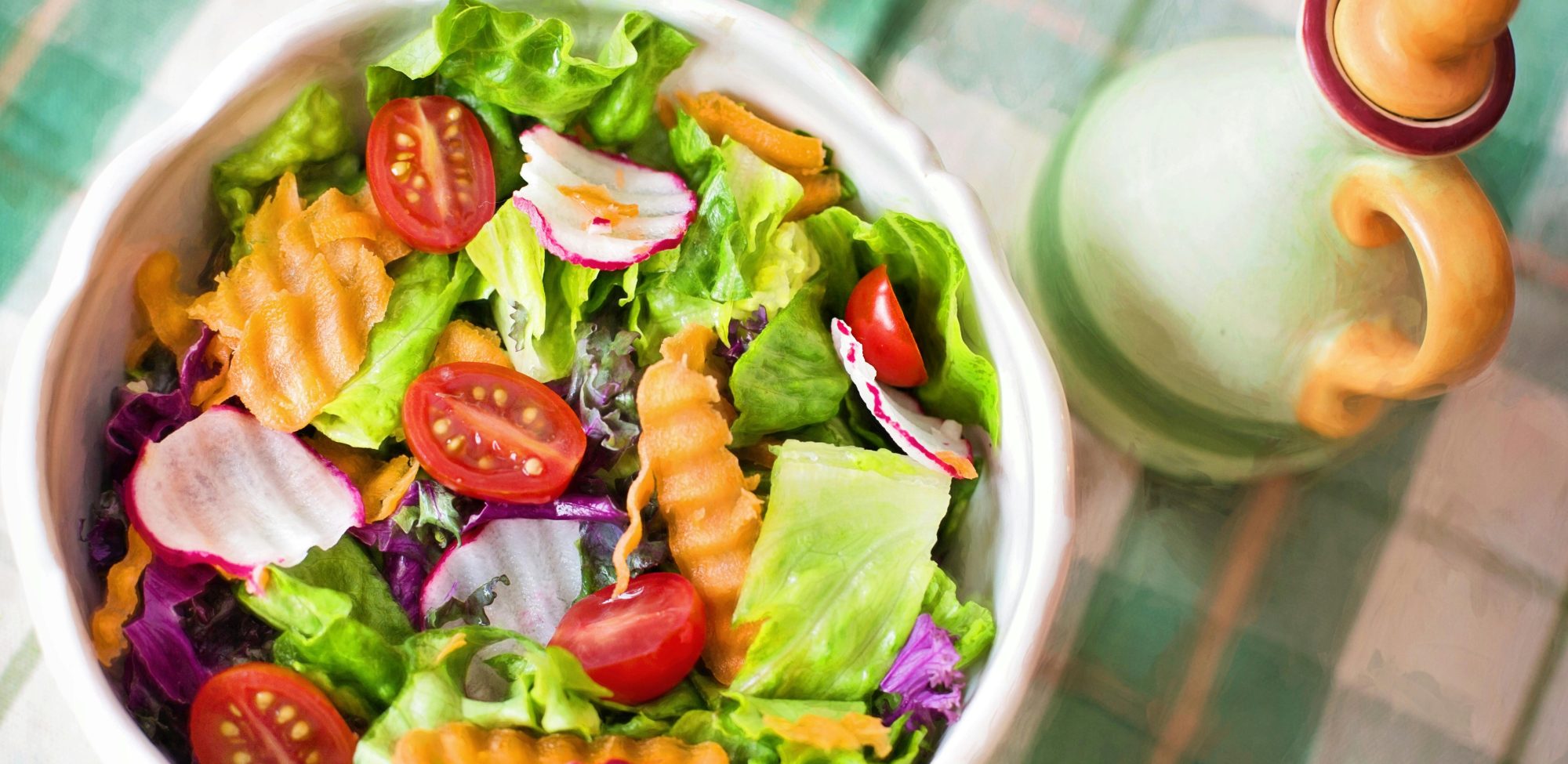
Anti Inflammatory Diet: 7 Powerful Foods That Transform Your Health and Banish Pain Forever.
Living with chronic pain, persistent inflammation, and overwhelming fatigue has become an all-too-common reality for millions of people worldwide. If you’re among those who wake up each morning feeling like you’ve been hit by a truck, struggling through daily activities that once seemed effortless, you’re not alone. The good news? The solution might be sitting right in your kitchen through an effective anti inflammatory diet.
Recent groundbreaking research reveals that increased anti-inflammatory food intake correlates with improved physical characteristics, stress, and pain in patients struggling with chronic conditions. This isn’t just another dietary trend – it’s a scientifically-backed anti inflammatory diet approach that can revolutionize how you feel every single day.
The anti inflammatory diet isn’t just about eating certain foods; it’s about transforming your relationship with nutrition to combat the silent enemy that’s been sabotaging your health: chronic inflammation. When you commit to an anti inflammatory diet plan, you’re choosing to fight back against the root cause of countless health issues. This comprehensive guide will unveil seven powerhouse foods that can help you reclaim your vitality, reduce pain, and restore the energy you thought was lost forever.
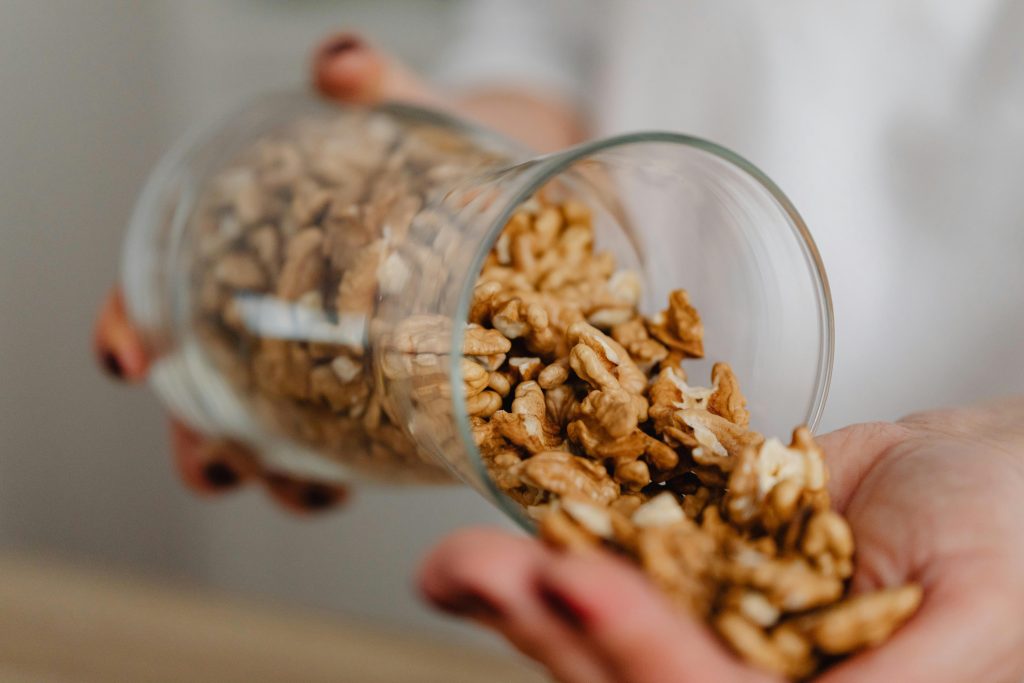
Understanding the Hidden Enemy: Why Inflammation Destroys Your Quality of Life
Before diving into the transformative foods that can change your life, it’s crucial to understand what you’re fighting against. Chronic inflammation isn’t the same as the acute inflammation that helps your body heal from injuries. Instead, it’s a persistent, low-grade fire burning throughout your body, contributing to pain, fatigue, and a host of health issues.
This systemic inflammation affects everything from your joints and muscles to your brain and digestive system. It’s the reason you might experience morning stiffness, afternoon energy crashes, brain fog, and that persistent feeling of being “off” that seems to have no clear cause. The inflammation cycle becomes self-perpetuating, making it increasingly difficult to break free without the right intervention.
Research published in Scientific Reports demonstrates that dietary patterns through systemic inflammation may influence chronic pain, highlighting the critical connection between what we eat and how we feel. This connection forms the foundation of why an anti inflammatory diet can be so transformative for long-term health outcomes.
The Science Behind Anti-Inflammatory Nutrition
Harvard Health emphasizes that foods that fight inflammation include green vegetables, berries, whole grains, and fatty fish, while processed foods, refined sugars, and excessive red meat consumption fuel the inflammatory fire. The key lies in understanding which foods serve as your allies and which ones work against your healing.
When you consistently consume anti-inflammatory foods as part of a structured anti inflammatory diet, you’re not just addressing symptoms – you’re targeting the root cause of many chronic health issues. These foods contain powerful compounds called polyphenols, omega-3 fatty acids, antioxidants, and other bioactive substances that actively reduce inflammatory markers in your body.
The anti inflammatory diet works by modulating your immune system’s response, reducing the production of inflammatory cytokines while increasing the production of anti-inflammatory compounds. This biological shift through consistent anti inflammatory diet adherence can lead to remarkable improvements in pain levels, energy, sleep quality, and overall well-being.
7 Revolutionary Anti-Inflammatory Foods That Will Transform Your Health
1. Fatty Fish: Nature’s Most Powerful Anti-Inflammatory Medicine
Fatty fish stands as the crown jewel of anti-inflammatory foods, and for good reason. Johns Hopkins Medicine notes that fatty fish such as salmon, herring, mackerel, sardines, tuna, striped bass and anchovies contain exceptionally high levels of omega-3 fatty acids EPA and DHA.
These omega-3 fatty acids work like natural medicine in your body, directly counteracting inflammatory pathways while promoting the production of specialized pro-resolving mediators (SPMs) that help resolve inflammation. Unlike anti-inflammatory medications that can have side effects, fatty fish provides sustained benefits without adverse reactions.
For optimal results, aim to consume fatty fish at least three times per week. Wild-caught salmon, sardines, and mackerel offer the highest concentrations of beneficial omega-3s. If you’re not a fish lover, high-quality fish oil supplements can provide similar benefits, though whole food sources are generally preferred for their additional nutrients and better absorption.
2. Turmeric: The Golden Spice That Fights Pain Better Than Pills
Turmeric has earned its reputation as one of the most potent anti-inflammatory foods on the planet. The active compound curcumin gives turmeric its vibrant golden color and remarkable healing properties. Research shows that both ginger and turmeric have been used for centuries to treat a variety of ailments, ranging from migraine to chronic inflammation and fatigue.
What makes turmeric particularly fascinating is its ability to work on multiple inflammatory pathways simultaneously. Studies demonstrate that turmeric boosts the conversion of plant-based Omega-3s into DHA in the brain, creating a synergistic effect when combined with other anti-inflammatory foods.
Curcumin’s bioavailability is significantly enhanced when consumed with black pepper (containing piperine) and healthy fats. This combination can increase absorption by up to 2000%, making your anti inflammatory diet efforts far more effective. Consider adding turmeric to golden milk lattes, curries, roasted vegetables, or taking a high-quality curcumin supplement as part of your comprehensive anti inflammatory diet strategy.
3. Berries: Antioxidant Powerhouses That Repair Cellular Damage
Berries are nature’s candy with a purpose – they’re packed with anthocyanins, powerful antioxidants that give them their vibrant colors and incredible anti-inflammatory properties. Blueberries, raspberries, blackberries, and strawberries all contain these beneficial compounds that work to neutralize free radicals and reduce systemic inflammation.
The beauty of berries lies in their versatility and accessibility. They can be fresh, frozen, or even dried (without added sugars) while maintaining much of their nutritional value. Research consistently shows that regular berry consumption is associated with reduced markers of inflammation, improved cardiovascular health, and enhanced cognitive function.
Incorporating berries into your anti inflammatory diet is simple and delicious. Add them to morning smoothies, yogurt parfaits, oatmeal, or enjoy them as a naturally sweet snack. Aim for at least one cup of mixed berries daily to maximize their anti-inflammatory benefits and support your overall anti inflammatory diet goals.
4. Leafy Green Vegetables: The Inflammation-Fighting Foundation
Dark leafy greens like spinach, kale, arugula, and Swiss chard form the foundation of any effective anti inflammatory diet. These nutritional powerhouses are loaded with vitamins A, C, E, and K, along with folate, iron, and powerful antioxidants like lutein and zeaxanthin.
The anti-inflammatory compounds in leafy greens work by neutralizing inflammatory molecules and supporting your body’s natural detoxification processes. They also provide essential nutrients that help repair damaged tissues and support optimal immune function.
The key to maximizing the benefits of leafy greens is variety and preparation. Rotate between different types to ensure you’re getting a wide spectrum of nutrients. Lightly sautéing greens with garlic and olive oil can actually increase the bioavailability of certain nutrients while making them more digestible.

5. Nuts and Seeds: Healthy Fats That Heal
Nuts and seeds are compact sources of healthy fats, protein, fiber, and numerous anti-inflammatory compounds. Walnuts, almonds, chia seeds, flaxseeds, and hemp seeds are particularly beneficial for their omega-3 content and ability to reduce inflammatory markers.
Studies show that regular nut consumption is associated with lower levels of C-reactive protein (CRP), a key marker of systemic inflammation. The combination of healthy fats, vitamin E, and other antioxidants in nuts and seeds provides sustained anti-inflammatory benefits throughout the day.
For optimal results, choose raw or dry-roasted nuts and seeds without added oils or salt. A small handful (about 1 ounce) daily provides significant benefits without excessive calories. Ground flaxseeds and chia seeds can be easily added to smoothies, yogurt, or oatmeal for an extra anti-inflammatory boost.
6. Ginger: The Warming Root That Soothes Inflammation
Ginger has been revered for centuries for its medicinal properties, and modern science confirms its powerful anti-inflammatory effects. The active compounds gingerol and shogaol give ginger its distinctive flavor and remarkable ability to reduce inflammation and pain.
Research indicates that ginger may work as an anti-inflammatory and help relieve symptoms in people with rheumatoid arthritis or osteoarthritis. What makes ginger particularly valuable in an anti inflammatory diet is its ability to address both pain and digestive issues, which often go hand in hand with chronic inflammation. Many people following an anti inflammatory diet find that ginger helps reduce both systemic inflammation and gastrointestinal discomfort.
Fresh ginger can be grated into teas, smoothies, stir-fries, and soups. Dried ginger powder works well in baking and spice blends. For therapeutic benefits, aim for about 1-2 grams of ginger daily, whether from fresh root, powder, or high-quality supplements.
7. Olive Oil: Liquid Gold for Fighting Inflammation
Extra virgin olive oil isn’t just a cooking ingredient – it’s a powerful anti-inflammatory medicine in liquid form. The polyphenols in high-quality olive oil, particularly oleocanthal, work similarly to ibuprofen in reducing inflammation, but without the potential side effects.
The anti-inflammatory benefits of olive oil are most pronounced when it’s consumed raw or used in low-heat cooking. High temperatures can damage the delicate polyphenols that provide the anti-inflammatory benefits. Drizzling olive oil over salads, vegetables, or using it in homemade dressings maximizes its therapeutic potential.
Choose extra virgin olive oil that’s cold-pressed and stored in dark glass bottles to ensure maximum potency. The slight peppery taste that makes you cough a little is actually the oleocanthal working – a sign of a high-quality, anti-inflammatory oil.
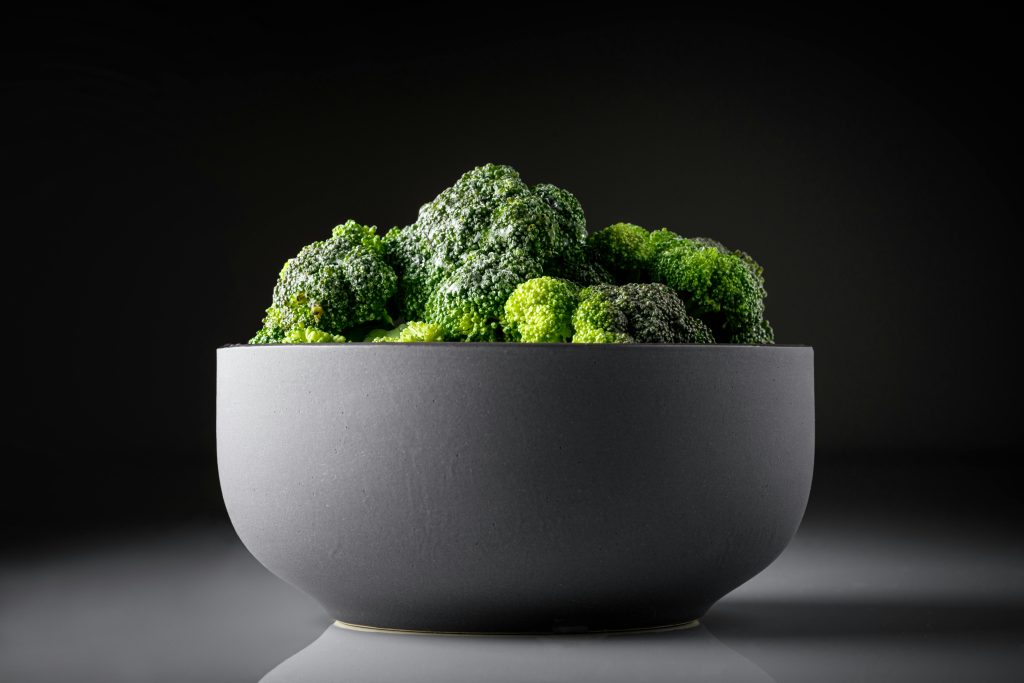
Creating Your Personalized Anti Inflammatory Diet Plan
Building an effective anti inflammatory diet isn’t about perfection – it’s about consistency and making sustainable changes that support your long-term health. Start by incorporating these seven powerhouse foods gradually, replacing inflammatory foods with healing alternatives that align with proven anti inflammatory diet principles.
A typical day on an anti inflammatory diet might include a berry and spinach smoothie with chia seeds for breakfast, a salad with mixed greens, salmon, and olive oil dressing for lunch, and turmeric-spiced vegetables with nuts for dinner. Snacks could include fresh berries, a small handful of walnuts, or ginger tea.
The key is to focus on whole, unprocessed foods while minimizing refined sugars, processed meats, and trans fats that fuel inflammation. Meal prep can be incredibly helpful in maintaining consistency with your anti inflammatory diet goals and ensuring you always have healing foods available.
The Supplement Solution: Enhancing Your Anti-Inflammatory Arsenal
While whole foods should form the foundation of your anti inflammatory diet, high-quality supplements can provide additional support, especially when certain foods are difficult to consume regularly. Omega-3 fish oil, curcumin with piperine, and comprehensive antioxidant formulas can fill nutritional gaps and enhance your anti inflammatory diet results.
One highly-rated option on Amazon is the “Sports Research Turmeric Curcumin C3 Complex” which combines 95% standardized curcuminoids with BioPerine black pepper extract for maximum absorption. This supplement provides the equivalent anti-inflammatory power of several servings of fresh turmeric in a convenient capsule form, making it an excellent addition to any anti inflammatory diet protocol.
When selecting supplements to support your anti inflammatory diet, look for third-party tested products with standardized extracts and bioavailability enhancers. Quality matters significantly in the supplement world, as poorly made products may not provide the therapeutic benefits you’re seeking from your anti inflammatory diet approach.
Lifestyle Factors That Amplify Your Anti-Inflammatory Results
While nutrition forms the cornerstone of reducing inflammation, certain lifestyle factors can dramatically amplify your anti inflammatory diet results. Quality sleep, regular moderate exercise, stress management, and adequate hydration all play crucial roles in managing inflammation levels and supporting your anti inflammatory diet success.
Sleep is particularly important, as sleep deprivation triggers inflammatory pathways and can undo much of the progress made through your anti inflammatory diet changes. Aim for 7-9 hours of quality sleep nightly, and consider anti-inflammatory foods like tart cherry juice, which naturally contains melatonin and complements your anti inflammatory diet perfectly.
Chronic stress is another major driver of inflammation that can undermine even the most perfect anti inflammatory diet. Incorporating stress-reduction techniques like meditation, yoga, or deep breathing exercises can significantly enhance the benefits of your anti inflammatory diet program. The mind-body connection in inflammation management cannot be overstated when following an anti inflammatory diet approach.
Tracking Your Progress: How to Know It’s Working
The benefits of an anti inflammatory diet often develop gradually, making it important to track your progress systematically. Keep a simple journal noting energy levels, pain intensity, sleep quality, and overall mood on a scale of 1-10 daily. Many people notice improvements within 2-4 weeks of consistent anti inflammatory diet implementation.
Laboratory markers can also provide objective evidence of improvement. C-reactive protein (CRP), erythrocyte sedimentation rate (ESR), and other inflammatory markers often show significant improvement after 6-12 weeks of following a dedicated anti inflammatory diet protocol.
Don’t get discouraged if results aren’t immediate – healing chronic inflammation takes time, and the benefits compound over weeks and months of consistent effort. Focus on how you feel overall rather than day-to-day fluctuations.
Common Mistakes That Sabotage Anti-Inflammatory Success
Many people unknowingly sabotage their anti inflammatory diet efforts through common mistakes. One of the biggest is focusing solely on adding anti-inflammatory foods while continuing to consume highly inflammatory ones. Success with any anti inflammatory diet requires both addition and subtraction – removing harmful foods while incorporating healing ones.
Another common mistake is inconsistency – following the anti inflammatory diet perfectly for a few days, then reverting to old habits. Inflammation is influenced by your overall dietary pattern over time, not just occasional healthy meals. Sustainable anti inflammatory diet success comes from consistent, long-term commitment.
Portion sizes matter too. Even anti-inflammatory foods can contribute to inflammation if consumed in excessive quantities, particularly nuts and seeds which are calorie-dense. Moderation and balance are key principles of sustainable anti inflammatory diet success.
The Future of Anti-Inflammatory Nutrition
Research into functional foods and their anti-inflammatory properties continues to evolve rapidly. Studies suggest that incorporating functional foods such as peppermint, turmeric, ginger, and green tea into dietary modifications can enhance their effectiveness in alleviating pain and promoting overall wellbeing.
Personalized nutrition based on genetic factors, microbiome analysis, and individual inflammatory markers represents the future of anti inflammatory diet optimization. While this technology is still developing, the fundamental principles of consuming whole, anti-inflammatory foods remain universally beneficial for anyone following an anti inflammatory diet approach.
Emerging research on the gut-brain-inflammation axis suggests that the benefits of an anti inflammatory diet extend far beyond physical symptoms, potentially improving mood, cognitive function, and overall quality of life in ways we’re just beginning to understand. The future of anti inflammatory diet science looks incredibly promising.
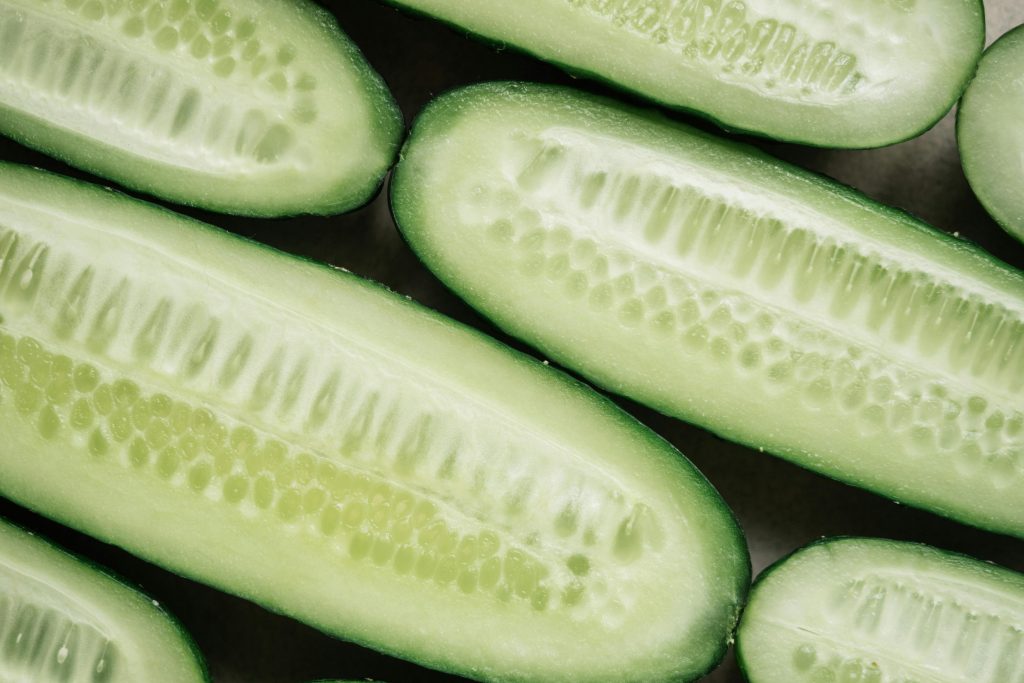
Your Journey to Inflammation-Free Living Starts Today
The power to transform your health lies in your hands – or more specifically, on your plate. The seven anti-inflammatory foods outlined in this guide represent more than just dietary choices; they’re tools for reclaiming your vitality and breaking free from the cycle of chronic pain and fatigue.
Starting your anti inflammatory diet journey doesn’t require perfection or dramatic overnight changes. Begin by incorporating one or two of these powerhouse foods into your daily routine this week. Focus on wild-caught salmon twice this week, add a handful of berries to your morning routine, or brew fresh ginger tea in the afternoon – these small steps are the foundation of successful anti inflammatory diet transformation.
Remember that healing is a journey, not a destination. Every anti-inflammatory meal you choose is an investment in your future health and wellbeing. The compound effects of these anti inflammatory diet changes will build over time, creating a foundation for lasting vitality and freedom from chronic inflammation.
The science is clear, the tools are available, and the time is now. Your inflammation-fighting transformation begins with your very next meal. Choose wisely, stay consistent with your anti inflammatory diet principles, and prepare to rediscover the energetic, pain-free life you deserve.
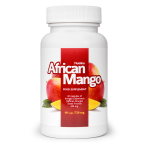

2 thoughts on “Anti Inflammatory Diet: 7 Powerful Foods That Transform Your Health and Banish Pain Forever”
Comments are closed.